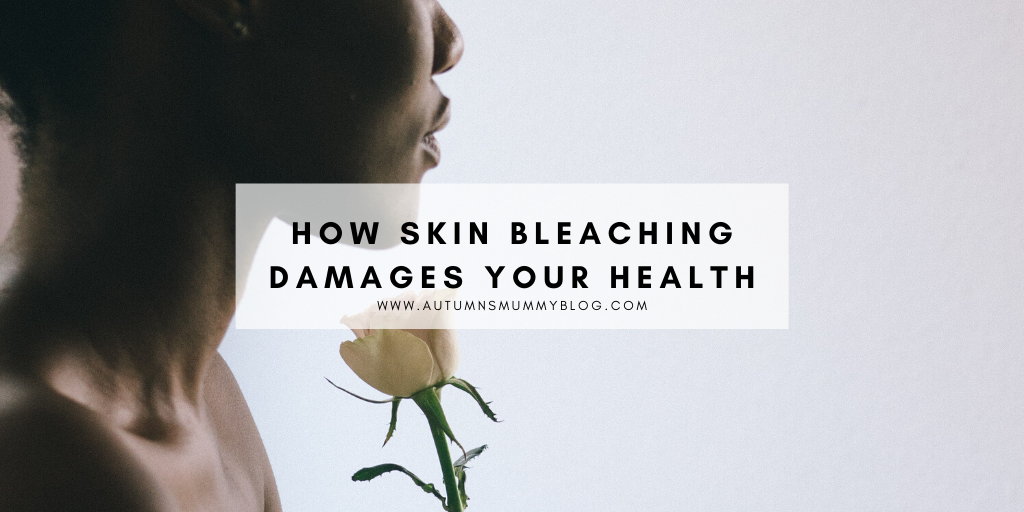Collaborative Post¦ Skin bleaching has been around for decades. Many celebrities including Nicki Minaj and Michael Jackson have been criticized for bleaching their skin. And now, skin bleaching products are widely available from health stores and online. There is a growing popularity of bleaching products among African Americans, as well as black people across the globe, despite their health risks.
The World Health Organisation warns that skin bleaching can cause liver and kidney damage, cancer and psychosis as well as brain damage in unborn fetuses. Many ingredients that are now banned are still being found in skin bleaching products, even those claiming to be safe. If you think you have been harmed by any healthcare product then you should speak to African American civil rights attorneys.
The preference for lighter skin, ‘colorism’, has resulted in many people across the world with low self-esteem. It has also resulted in widespread discrimination and abuse. The cosmetics industry has taken advantage of this across Asia, Africa, Europe, and America.
Skin bleaching is done in several ways – creams are the most popular but pills and even injections are also available. Skin bleaching works by reducing the amount of melanin your skin produces. This is the pigment that darkens your skin. Several things affect melanin production including genetics, hormones, sunlight, and certain chemicals.
Creams
Creams are the most popular method of skin bleaching. Despite this, many have been found to contain hydroquinone, a bleaching agent, and even mercury. These ingredients can be highly damaging.
Hydroquinone has been compared to paint-stripper, as it removes the first layer of skin which can increase cancer risk and cause kidney and liver damage, which can be fatal.
Mercury, though banned in the US, is sometimes still found in skin bleaching products. Mercury poisoning can lead to fatigue, high blood pressure, sensitivity to light, irritability, memory loss, kidney failure and numbness.
They have also led to a range of skin conditions such as dermatitis, exogenous ochronosis, and acne.
Some women have been left with permanent scarring, nerve damage, thinned skin or visible blood vessels.
Worse still, companies have been found to lie about the amount of and what ingredients are actually in their products.
If you are concerned about your mercury levels, take a look at quicksilver metal testing to check your levels and find out how to proceed if they are too high.
Pills
A newer form of skin bleaching is through pills. There is currently a serious lack of research and information out there regarding the side effects of taking pills to bleach skin.
As with anything which has not been researched thoroughly, people should be wary about the potential side effects.
Injections
Injections are the most dangerous. Most injections are made from Glutathione, an antioxidant. Once again there is very little research available. But there have been reports of rashes, thyroid imbalances, kidney failure, and abdominal pain.
Furthermore, when wrongly administered it can cause sepsis, a potentially fatal injection of air and diseases associated with unsafe needles such as HIV and other serious infections.
Conclusion
People need to take care when it comes to skin bleaching. The safest option is to avoid it altogether. However, if you still want to lighten your skin then be sure to do thorough research and make sure you are safe.
Disclosure: This is a collaborative post.
